The winged Mopars appeared first in 1969 with the Dodge Charger Daytona, carrying streamlining and aerodynamic downforce to new heights in NASCAR. The 1969 regulations required that Dodge build only 500 of the pointy-nose high-wing Daytonas. When Plymouth decided to emulate the success of the Daytona with the Road Runner Superbird in 1970 NASCAR made it quite a bit more difficult, requiring that any model raced in NASCAR be built in sufficient quantity to supply all the manufacturer’s U.S. dealers. For Plymouth that meant building nearly 2,000 of its bullet-shaped NASCAR Superbirds, just to qualify them for racing on NASCAR’s two high speed ovals, Daytona and Talladega. The concept was defined and the benefits were clear: “Win on Sunday, sell on Monday.” A competitive Plymouth also would bring Petty Enterprises back to the Plymouth family. As a racer Richard wanted a competitive car to drive. As a businessman he wanted the Plymouth competition parts distribution franchise. He got both. Then Pete Hamilton, driving a Petty Enterprises Plymouth Road Runner Superbird, won the season-opening Daytona 500. Even though the Dodge Charger and Plymouth Road Runner were built on the same mid-sized Chrysler platform the bodywork was substantially different. Plymouth was forced to develop its own variation on the extended nose, raised wing Charger concept. The Superbird’s nose was 1” longer than the Charger’s and had a raised entry angle. The rear wing stood on supports with much deeper chord which swept back farther and inclined gently toward the body’s centerline. Perfectionists sometimes ask what kind of aerodynamic research the designers at Plymouth did to arrive at the ideal placement height for the rear wing. The answer is somewhat simpler: they didn’t do any. It is high enough to allow the trunk lid to open without interference with the wing. NASCAR teams, on the other hand, experimented with chin spoiler placement and wing angle of attack to achieve delicately balanced aerodynamic performance in the different track settings and speeds. The Road Runner Superbird became the most popular and well known of all the NASCAR specials built during the Sixties and Seventies, helped in no small measure by NASCAR’s insistence that Plymouth build plenty of them so they created a high profile on the street. Most of the street Superbirds are very well equipped with luxury and convenience options in addition to the performance equipment which was included in the Superbird package. Those included the 375hp 440 Magnum V8, Torqueflite automatic transmission, performance axle, power steering, power disc brakes and hood hold down pins. A black vinyl covered roof also was standard. The example offered here is comprehensively equipped including bucket seats, console, tinted windshield, undercoating, outside mirrors, AM radio, rim blow steering wheel and Rallye road wheels. Its original color is the Lime Light Green High Impact color it still wears today and it was specifically ordered without the rear transverse tape stripe. Documentation includes the original window sticker and the broadcast sheet used by the Lynch Road assembly plant while putting the car together. It comes with the Chrysler-Plymouth 'Special Parts and Maintenance Schedule for Road Runner Superbird' booklet, an invaluable resource for Superbird owners. It has been fitted with a correct period Edelbrock three two-barrel carburetor intake manifold that was used on the production 440 Magnum Six Barrel engines. Richard Petty has signed both the dashboard and the inside of the left wing support. He didn’t drive the car, but he and his company are inextricably linked to the Superbird and its success on the NASCAR ovals, in the showroom and among collectors. A perennial favorite of collectors and an undeniable presence on the street, the 1970 Plymouth Road Runner Superbird never fails to excite interest and enthusiasm. Without reserve
The winged Mopars appeared first in 1969 with the Dodge Charger Daytona, carrying streamlining and aerodynamic downforce to new heights in NASCAR. The 1969 regulations required that Dodge build only 500 of the pointy-nose high-wing Daytonas. When Plymouth decided to emulate the success of the Daytona with the Road Runner Superbird in 1970 NASCAR made it quite a bit more difficult, requiring that any model raced in NASCAR be built in sufficient quantity to supply all the manufacturer’s U.S. dealers. For Plymouth that meant building nearly 2,000 of its bullet-shaped NASCAR Superbirds, just to qualify them for racing on NASCAR’s two high speed ovals, Daytona and Talladega. The concept was defined and the benefits were clear: “Win on Sunday, sell on Monday.” A competitive Plymouth also would bring Petty Enterprises back to the Plymouth family. As a racer Richard wanted a competitive car to drive. As a businessman he wanted the Plymouth competition parts distribution franchise. He got both. Then Pete Hamilton, driving a Petty Enterprises Plymouth Road Runner Superbird, won the season-opening Daytona 500. Even though the Dodge Charger and Plymouth Road Runner were built on the same mid-sized Chrysler platform the bodywork was substantially different. Plymouth was forced to develop its own variation on the extended nose, raised wing Charger concept. The Superbird’s nose was 1” longer than the Charger’s and had a raised entry angle. The rear wing stood on supports with much deeper chord which swept back farther and inclined gently toward the body’s centerline. Perfectionists sometimes ask what kind of aerodynamic research the designers at Plymouth did to arrive at the ideal placement height for the rear wing. The answer is somewhat simpler: they didn’t do any. It is high enough to allow the trunk lid to open without interference with the wing. NASCAR teams, on the other hand, experimented with chin spoiler placement and wing angle of attack to achieve delicately balanced aerodynamic performance in the different track settings and speeds. The Road Runner Superbird became the most popular and well known of all the NASCAR specials built during the Sixties and Seventies, helped in no small measure by NASCAR’s insistence that Plymouth build plenty of them so they created a high profile on the street. Most of the street Superbirds are very well equipped with luxury and convenience options in addition to the performance equipment which was included in the Superbird package. Those included the 375hp 440 Magnum V8, Torqueflite automatic transmission, performance axle, power steering, power disc brakes and hood hold down pins. A black vinyl covered roof also was standard. The example offered here is comprehensively equipped including bucket seats, console, tinted windshield, undercoating, outside mirrors, AM radio, rim blow steering wheel and Rallye road wheels. Its original color is the Lime Light Green High Impact color it still wears today and it was specifically ordered without the rear transverse tape stripe. Documentation includes the original window sticker and the broadcast sheet used by the Lynch Road assembly plant while putting the car together. It comes with the Chrysler-Plymouth 'Special Parts and Maintenance Schedule for Road Runner Superbird' booklet, an invaluable resource for Superbird owners. It has been fitted with a correct period Edelbrock three two-barrel carburetor intake manifold that was used on the production 440 Magnum Six Barrel engines. Richard Petty has signed both the dashboard and the inside of the left wing support. He didn’t drive the car, but he and his company are inextricably linked to the Superbird and its success on the NASCAR ovals, in the showroom and among collectors. A perennial favorite of collectors and an undeniable presence on the street, the 1970 Plymouth Road Runner Superbird never fails to excite interest and enthusiasm. Without reserve
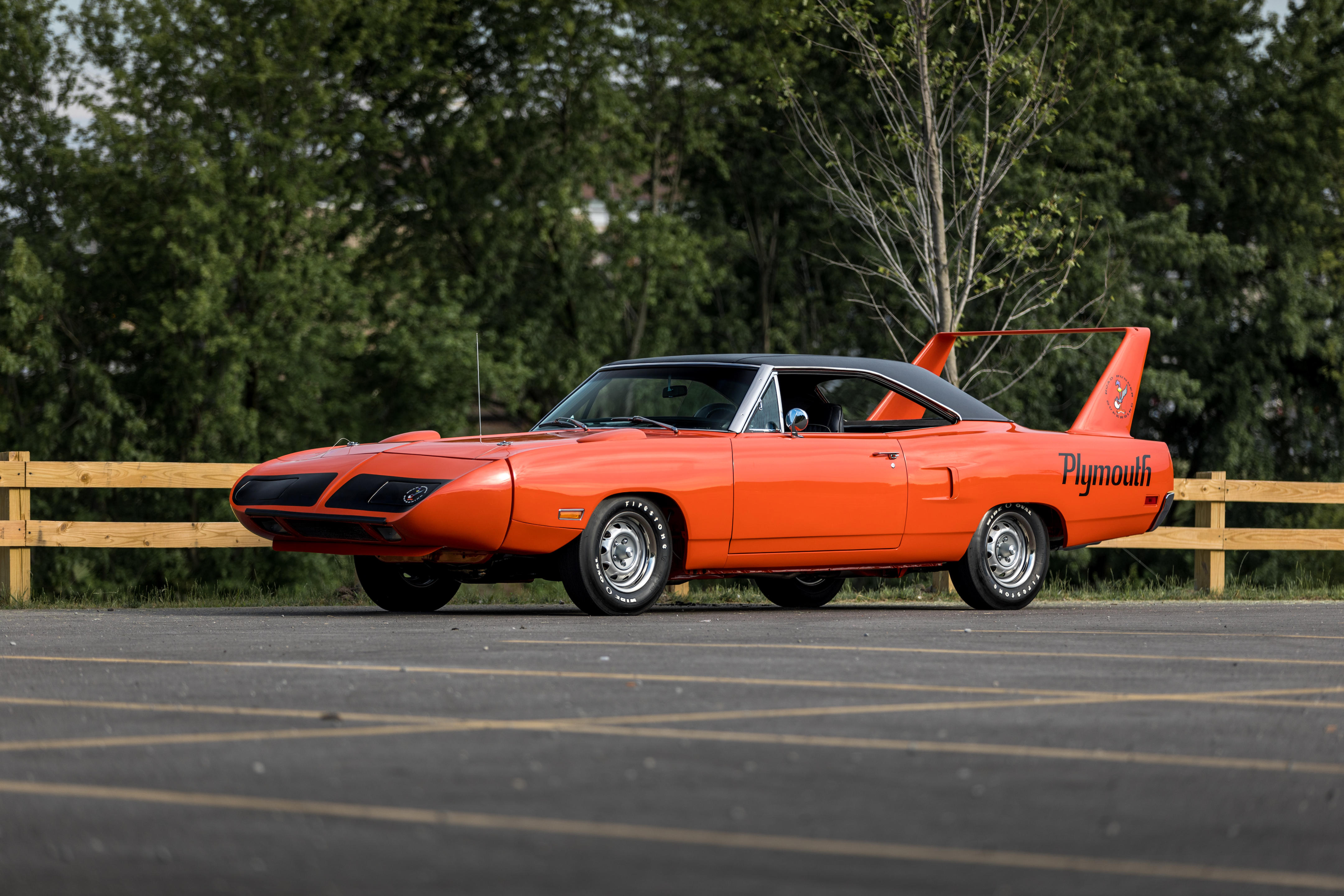

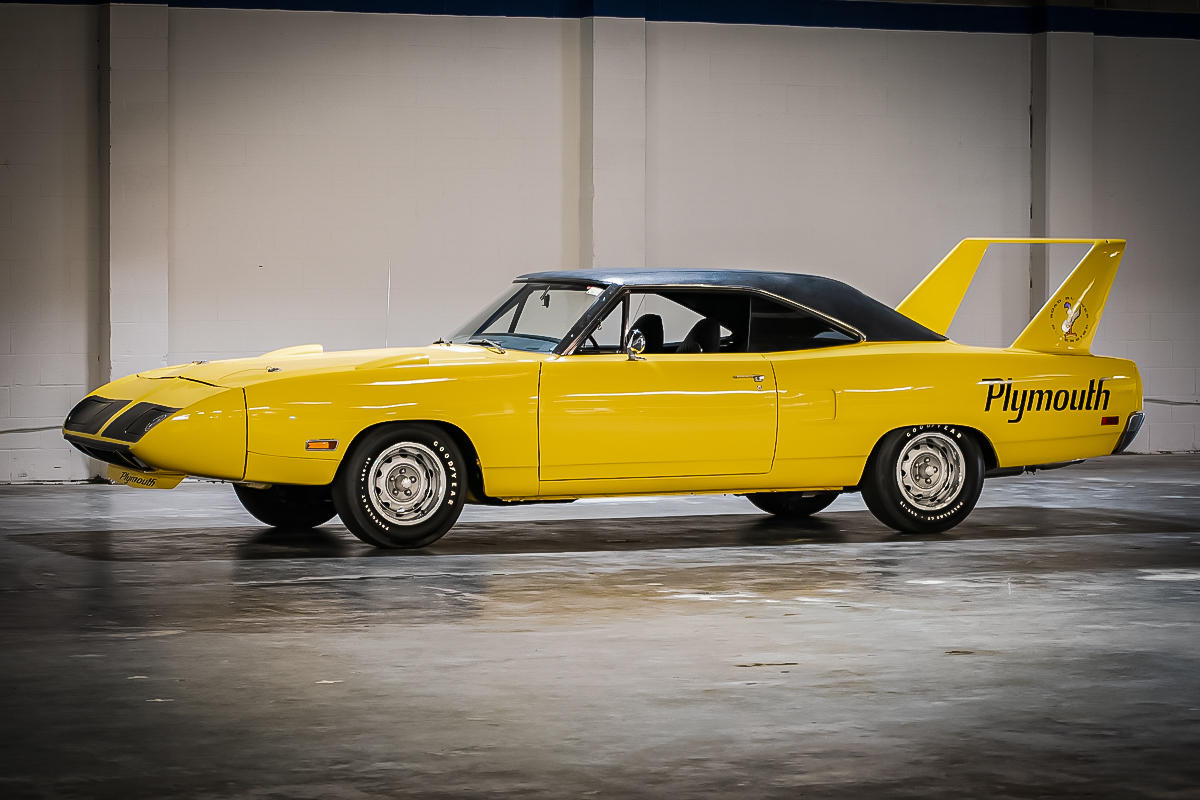
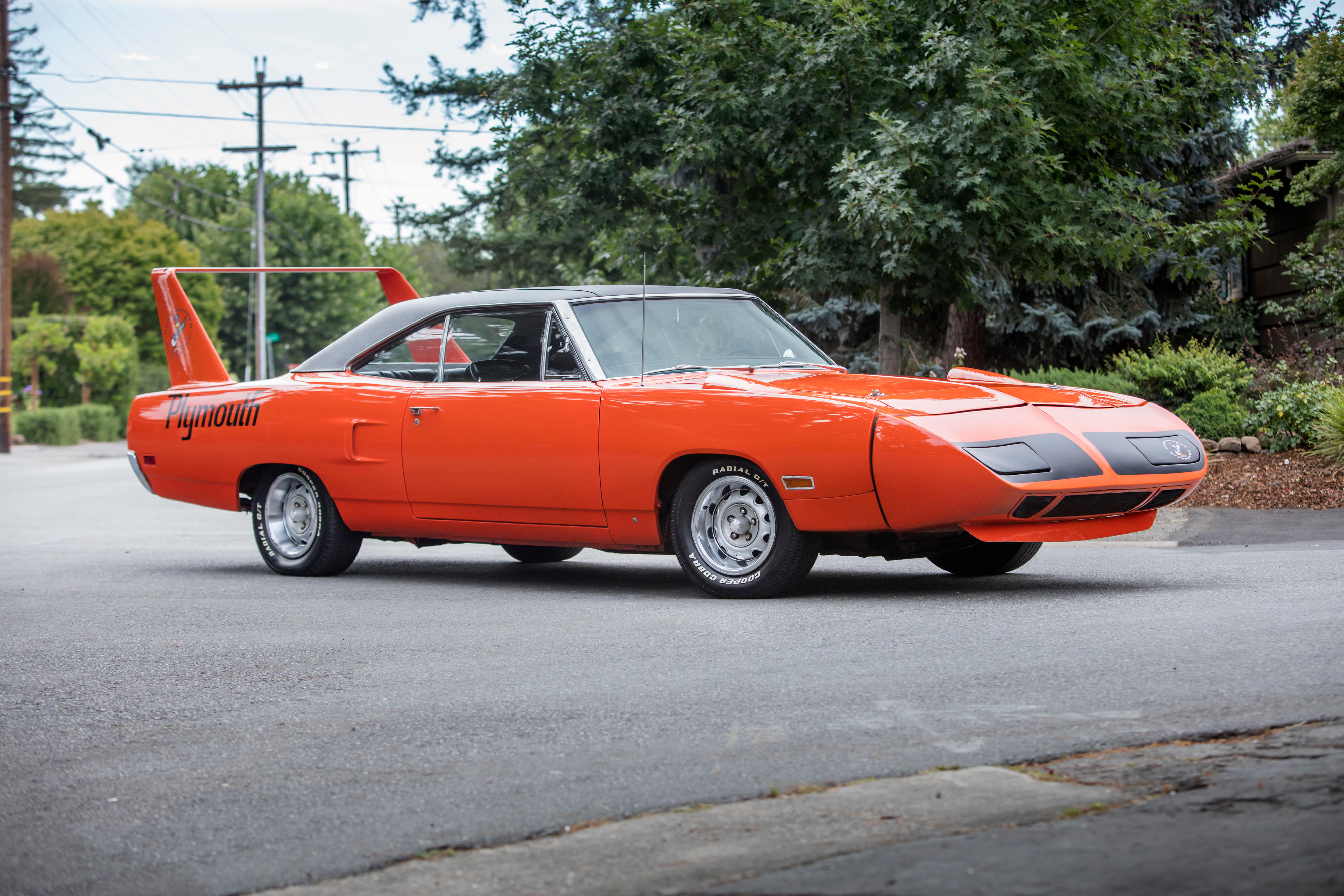


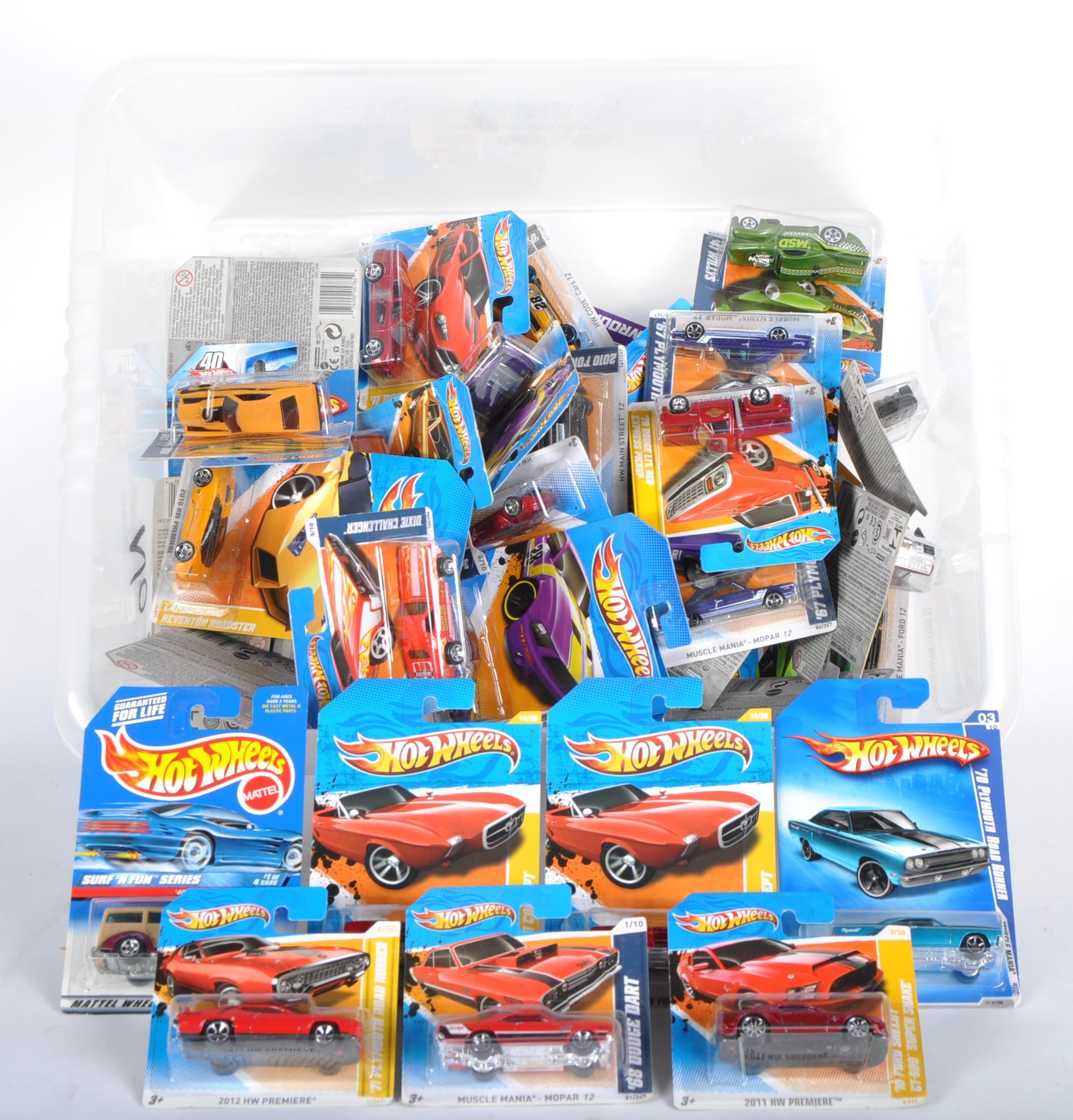


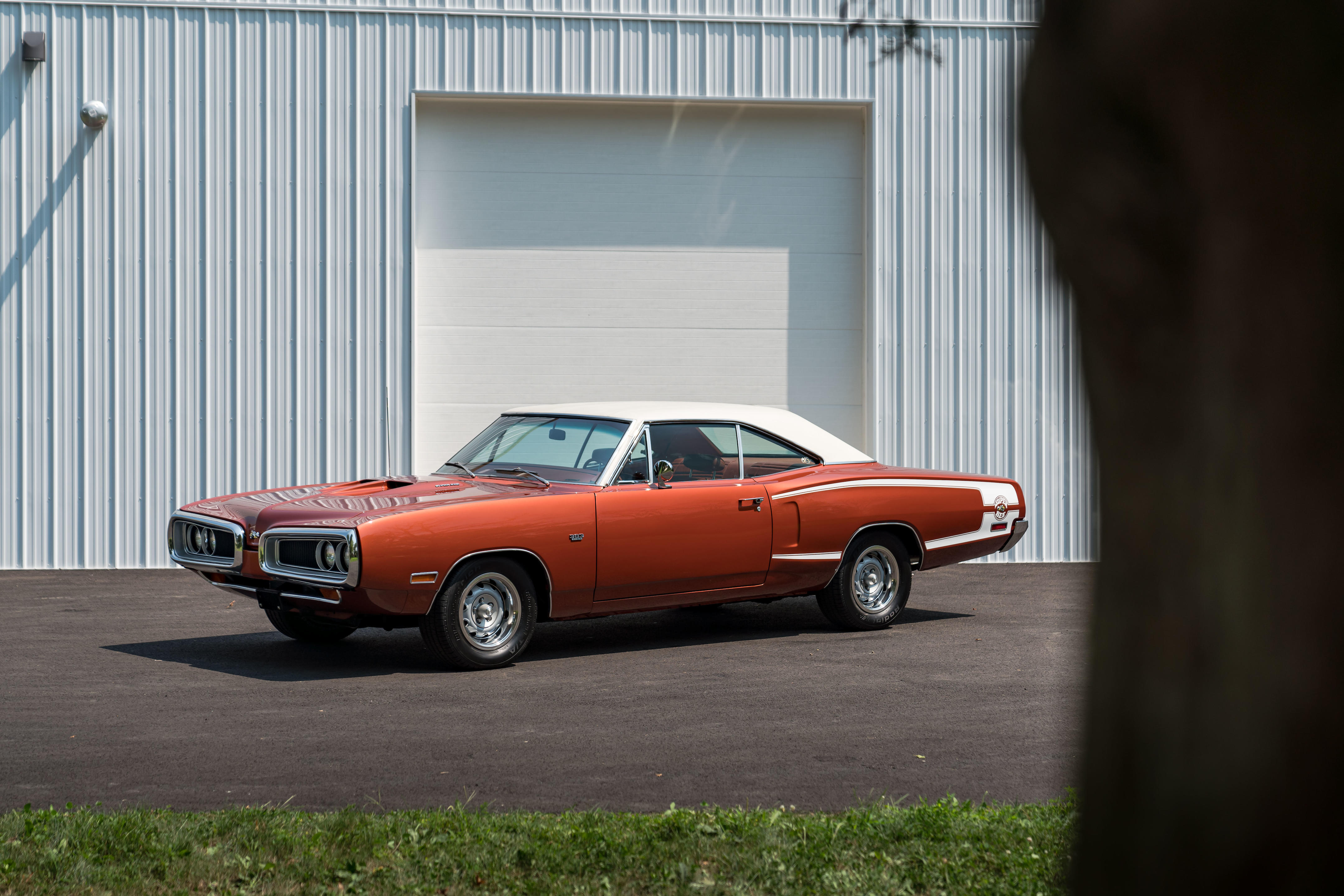



Try LotSearch and its premium features for 7 days - without any costs!
Be notified automatically about new items in upcoming auctions.
Create an alert